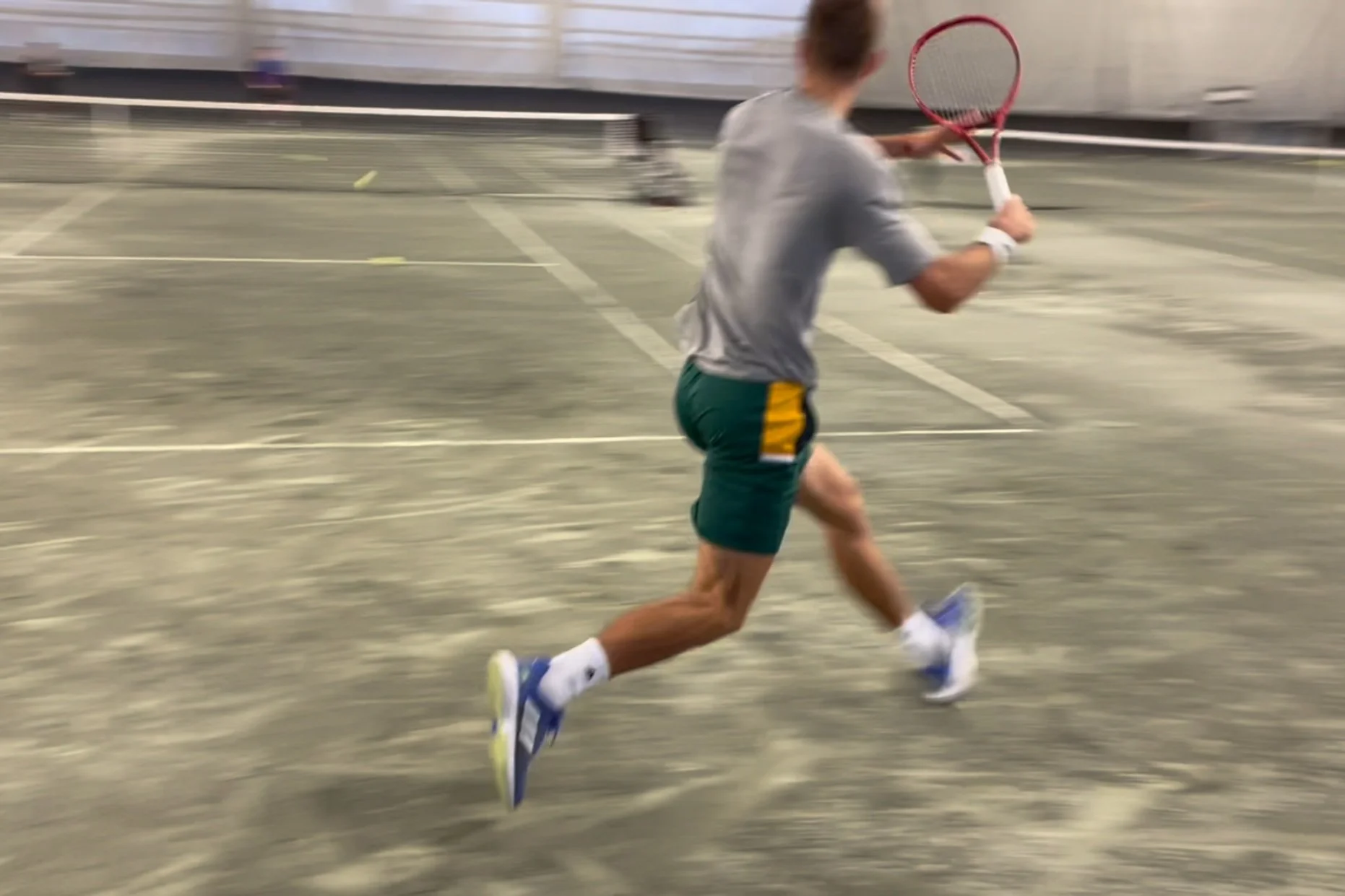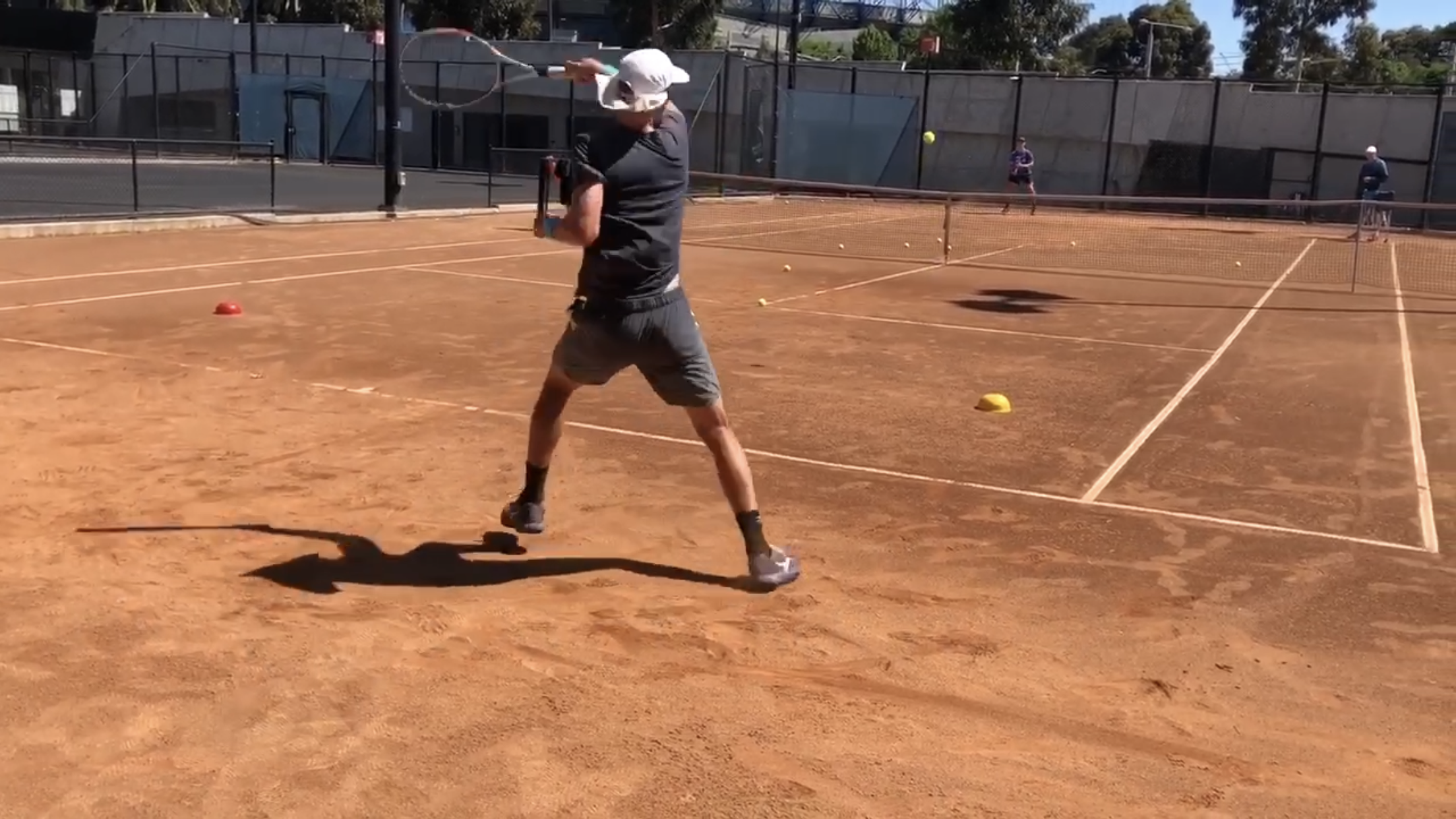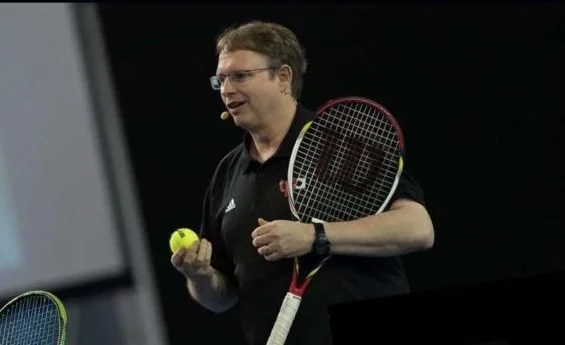Whether you’re a tennis player or a tennis coach, if most of your practice time is spent hitting balls from a basket or hand feed, you might need to rethink your strategy.
Before I dive into this argument, let’s set the stage. There are essentially 2 types of practice balls that a player can receive. A live ball and a dead ball.
Is it really your strokes that are holding you back from your best tennis? In this episode, Tennis Canada Level 4 coach Wayne Elderton joins the show and dives deep into ‘model’ vs ‘game-based’ coaching - and why a game-based or 'tactical' approach to coaching is more effective & efficient when it comes to learning.
While there’s nothing normal about the current competitive tennis calendar, a few of my players are in a situation where they’re able to play a competitive league - organized by Tennis Canada.
Over the last few weeks, I’ve had the chance to play more tennis. More than usual anyway. And it’s been really great (although I’m not in as good of shape as I thought I was!). The truth is, I’ll be 35 this year, which means I could, in theory, play senior ITF events. Maybe I will, who knows.
Imagine this scenario. An amateur player takes a lesson from a coach with the hopes of hitting a forehand like Roger Federer.
Let’s say the coach plays along. He/she presents a sequence of images to the amateur in order to see exactly the various phases of Roger’s forehand. Next, the amateur performs shadow swings, going through each position as carefully as possible. The coach then feeds the amateur a few balls, providing feedback ONLY on how close the stroke looks to Roger’s.






